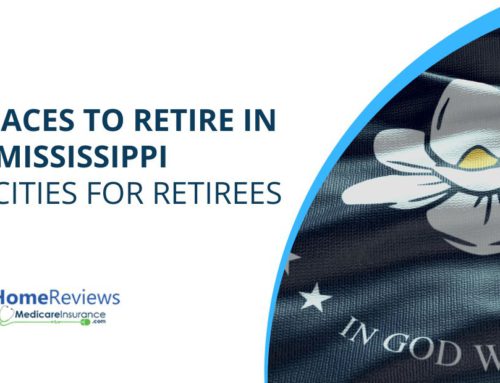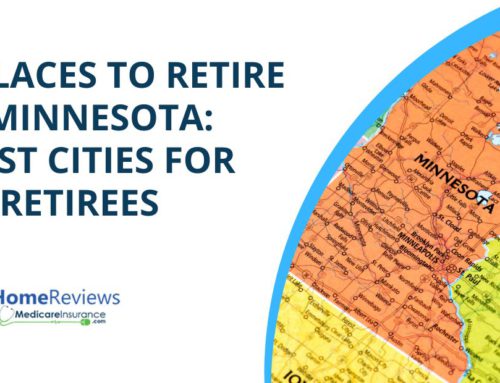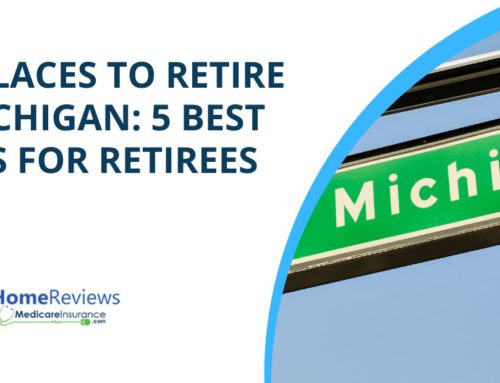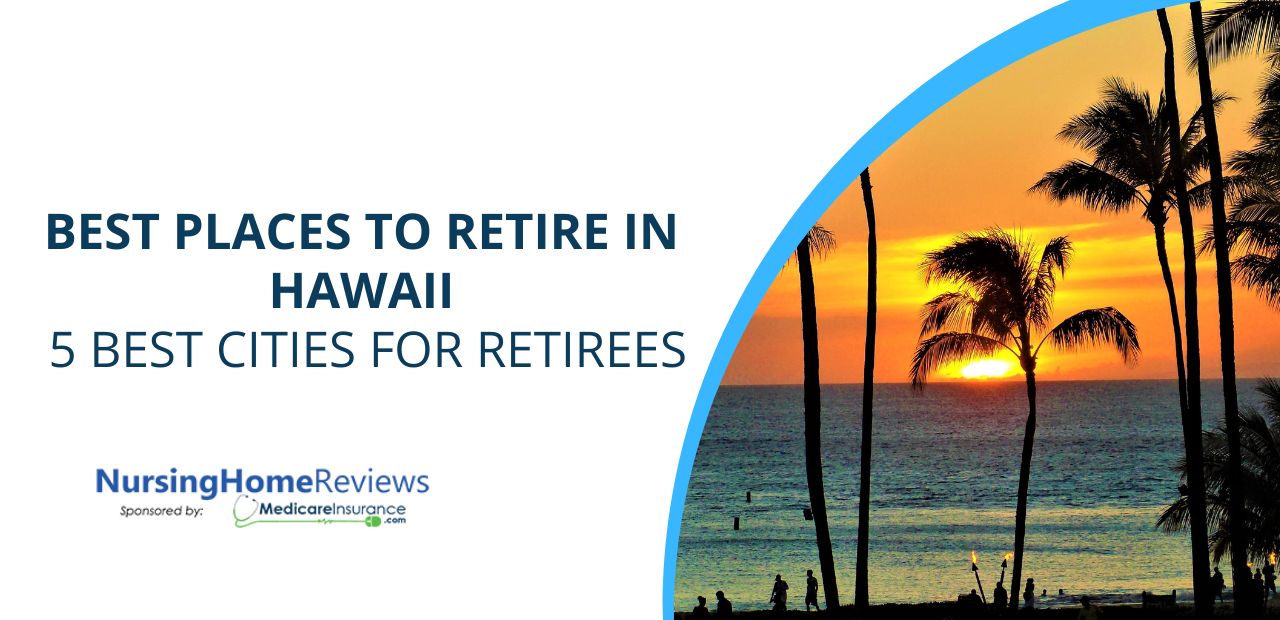
Aloha!
Looking for the best places to retire in Hawaii, are you? That’s no surprise: Hawaii is a dream destination for many. The state brings to mind images of paradise, a world of its own, rich in history, culture, and natural splendor. You’d be hard-pressed to find someone on the mainland who hasn’t at least briefly dreamed of Polynesian life. Still, the reality of life in Hawaii is a bit more complex than leis and luaus.
First, the obvious: Hawaii is expensive. In fact, it’s extremely expensive. Such is the consequence of being one of the most popular tourist and retirement destinations in the world. The median price for housing is over $1 million. Renting an apartment costs thousands a month. Even mundane goods, like groceries, have inflated prices due to a combination of tourist demand and the cost of importing goods from the mainland. Expect a cost of living approximately 91 percent above average: meaning you’ll likely be paying double what you pay now for goods.
Taxes are also much higher than average, with a tax burden of 10.2 percent. While there are breaks for pensions, as well as a $30k homestead exemption for people over 65, you’ll still be paying far more taxes than you would on the mainland. This high cost of living is making Hawaii prohibitively expensive for Hawaiians who have long called the islands home, driving them to the mainland in droves. This, in turn, leads to higher overall taxes, and an increase in gentrification. If your dreams of island living lean more toward Jimmy Buffet than Ricardo Montalbán, you might want to look elsewhere.
Still, there is a lot to love. Aside from the obvious curb appeal, Hawaii has the best healthcare system in the nation. The majority of seniors are enrolled in top-quality Medicare Advantage plans, with no shortage of options.
With all of this in mind, we’ve gathered information on some of the best places to live in Hawaii for retirees, based on affordability, access to healthcare, and amenities.
Before We Begin: Know Your Islands
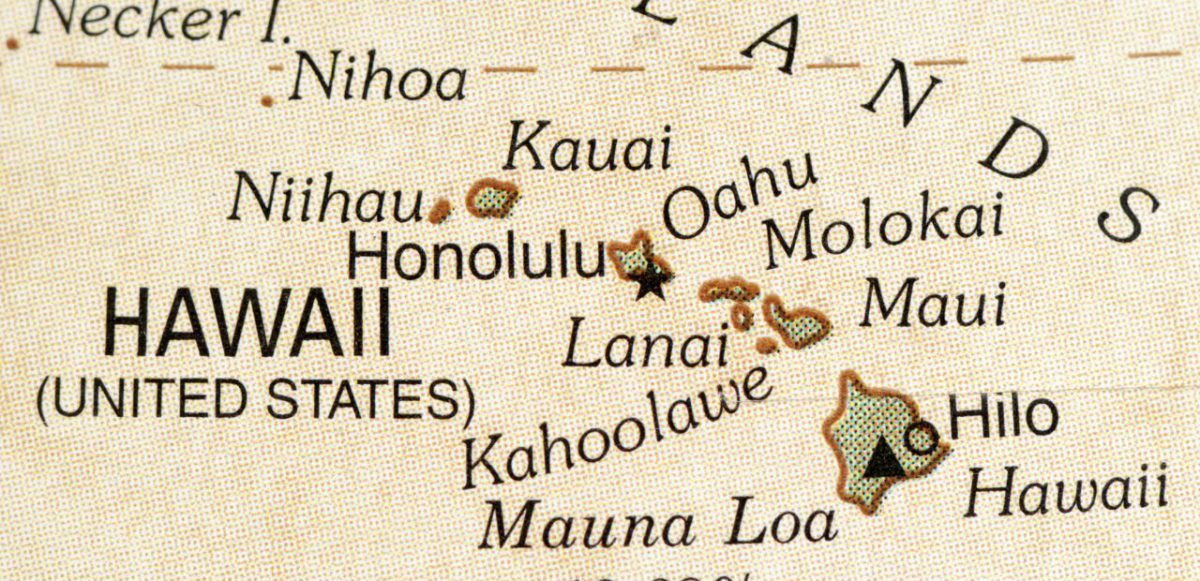
Hawaii consists of a staggering 137 islands, though only six are major population centers. Each island has its own identity, and different islands may appeal to different people. We’ll go over the six major islands here, though not all of them are represented in our list.
Choosing the right island is important: there are no roads between islands in Hawaii, so the best way to travel between them is by plane. Flights are relatively cheap but can be a slog due to airport security and traffic. Don’t expect to be able to easily hop between islands if you’re not satisfied with local amenities.
You can sail between islands, but this is not recommended for anyone but the most experienced sailors and comes with additional dangers and costs that just aren’t worth it for most people. Choose an island that fits your needs, and save island hopping for special occasions.
Oahu
“Oah’u” means “gathering place”, and the island of Oahu embodies that concept more than any other. Home of the capital of Honolulu, Oahu is where many visitors to the islands begin and end their journeys. With the highest population concentration of all islands, Oahu also has the most access to healthcare and is home to the majority of communities on this list. However, its high population density means life on the island can be fast-paced compared to elsewhere in the Aloha State.
Maui
The second largest and third most populous island, Maui is what many people picture when imagining Hawaii. Black sand beaches, gorgeous valleys, humpback whales, Maui is the place to be for those who wish to experience Hawaii’s unparalleled beauty.
The Big Island/Hawaii
The island which gives the state its name is often referred to as ‘The Big Island’. It’s no surprise, considering that the island is nearly twice the size of every other Hawaiian island combined. The Big Island’s vast size and mountainous terrain mean that it is also the most varied in terms of climate: you’ll find plenty of tropical rainforest, but also snow-capped mountain peaks, complete with permafrost! The island is also home to the largest number of active volcanoes in the world, making for some spectacular views.
Kauai
The ‘Garden Island’, Kauai is known for its lush greenery and off-the-beaten-path vibes. Hikers, sailors, and other adventurous types will enjoy the juxtaposition of peaceful island life with the sublime local wilderness.
Molokai
Known as the ‘Friendly Island’, Molokai has a rural vibe compared to much of Hawaii, with minimal development. There aren’t even traffic lights! It’s perfect for those seeking a ‘private island’ vibe, though none of the communities on this list are located there.
Lanai
The smallest of the major population centers, with only 30 miles of paved roads. Lanai is popular as a honeymoon destination, but its tiny population and limited amenities make it a poor choice for retirement unless you really want to get away from it all.
If you’re looking to retire to Hawaii, we recommend picking a community on Oahu, Maui, or the Big Island. Avoid Molokai and Lanai, as their small population and remote nature makes getting access to vital health services more difficult. Of all the islands, Oahu offers the best access to healthcare and senior resources. With that in mind, here are our top five choices for the best cities to retire in Hawaii.
1. Hilo, Big Island
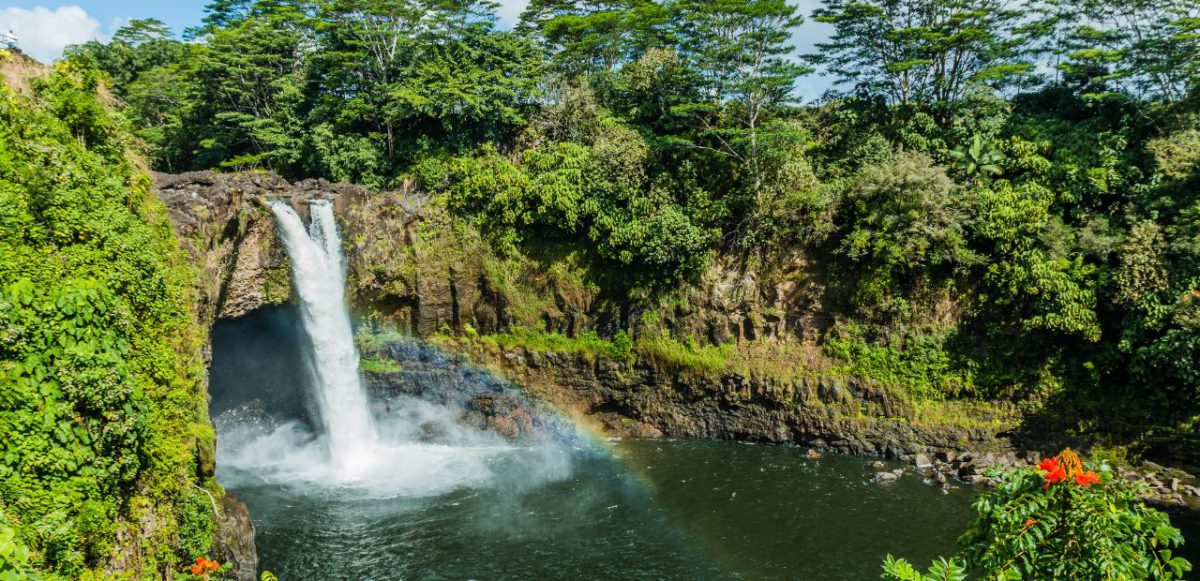
Both Movoto and New Home Source rate Hilo as their top choice for retirees, thanks to its low median housing prices (under $300k), low cost of living, and large retiree population. Hilo is the largest population center outside of Oahu, with approximately 44,000 residents. This makes for a vibrant, active city while still maintaining a more laid-back lifestyle than what Oahu typically offers.
Hilo is also extremely walkable, making accessing local markets, health care providers, and parks a breeze. The nearby Hilo International Airport means a trip to the other islands is just a short flight away, and access to the mainland is much easier than you might think.
2. North Shore, Oahu
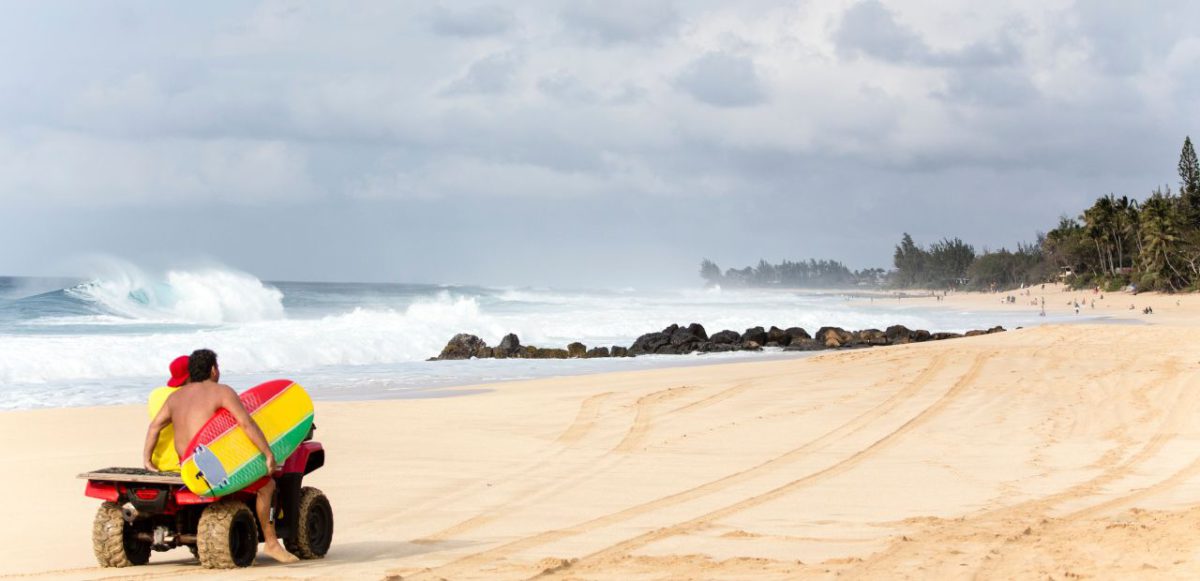
On the far end of the island from Honolulu and Waikiki, North Shore has changed little since the 1950s, when it rose to prominence as a hub for surfers. The world-famous Banzai Pipeline is located here, home to massive, picture-perfect waves that expert surfers glide across with ease. North Shore is a place where summertime vibes never end.
Compared to Honolulu, North Shore is both less crowded and less expensive, with a median housing price of about $500k. This isn’t cheap, but compared to Waikiki, it’s a bargain. Honolulu is also just an hour away by car, meaning all of its healthcare, shopping, and dining amenities are easily accessible.
2. North Shore, Oahu

On the far end of the island from Honolulu and Waikiki, North Shore has changed little since the 1950s, when it rose to prominence as a hub for surfers. The world-famous Banzai Pipeline is located here, home to massive, picture-perfect waves that expert surfers glide across with ease. North Shore is a place where summertime vibes never end.
Compared to Honolulu, North Shore is both less crowded and less expensive, with a median housing price of about $500k. This isn’t cheap, but compared to Waikiki, it’s a bargain. Honolulu is also just an hour away by car, meaning all of its healthcare, shopping, and dining amenities are easily accessible.
3. Wailuku, Maui
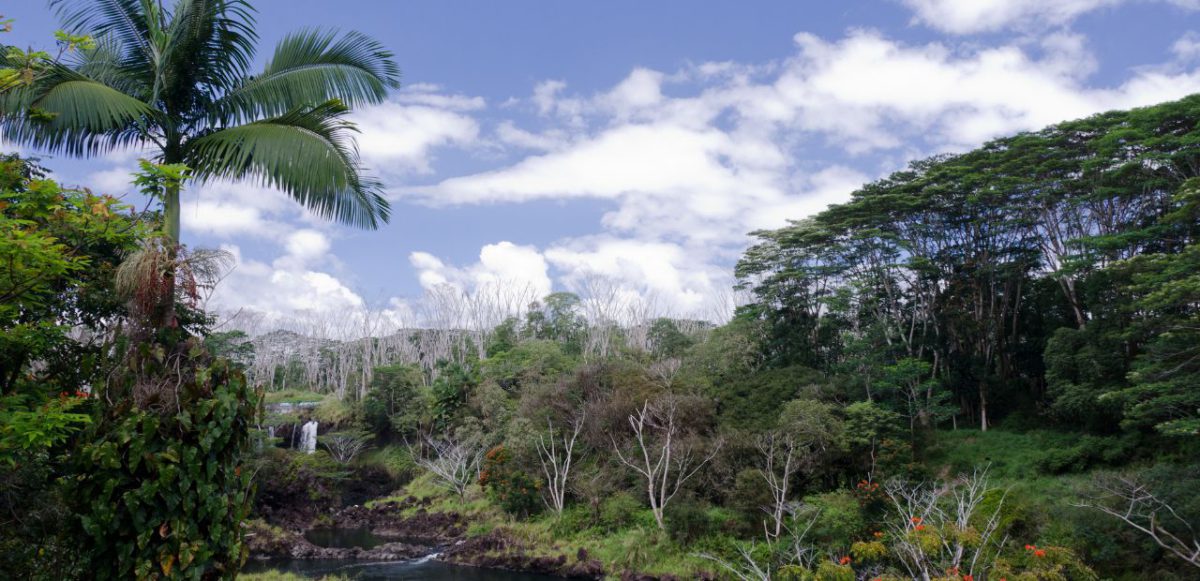
Once the home of Hawaiian royalty, Wailuku holds a major role in Hawaiian history and culture. For decades, Wailuku was the main tourist destination in Maui, attracting visitors wishing to see the breathtaking Iao Valley. It has since been eclipsed by other resort towns, but remains a scenic destination for tourists and retirees alike. With an international airport located nearby, accessing other islands (or anywhere else in the world, for that matter) is a piece of cake. Still, with views this spectacular, why would you want to leave?
With a median housing price of about $545k, life in Wailuku isn’t cheap. However, its storied history and Aloha spirit give it an identity you won’t find anywhere else. You don’t just become a part of Wailuku: Wailuku becomes a part of you.
4. Kapa’a, Kauai
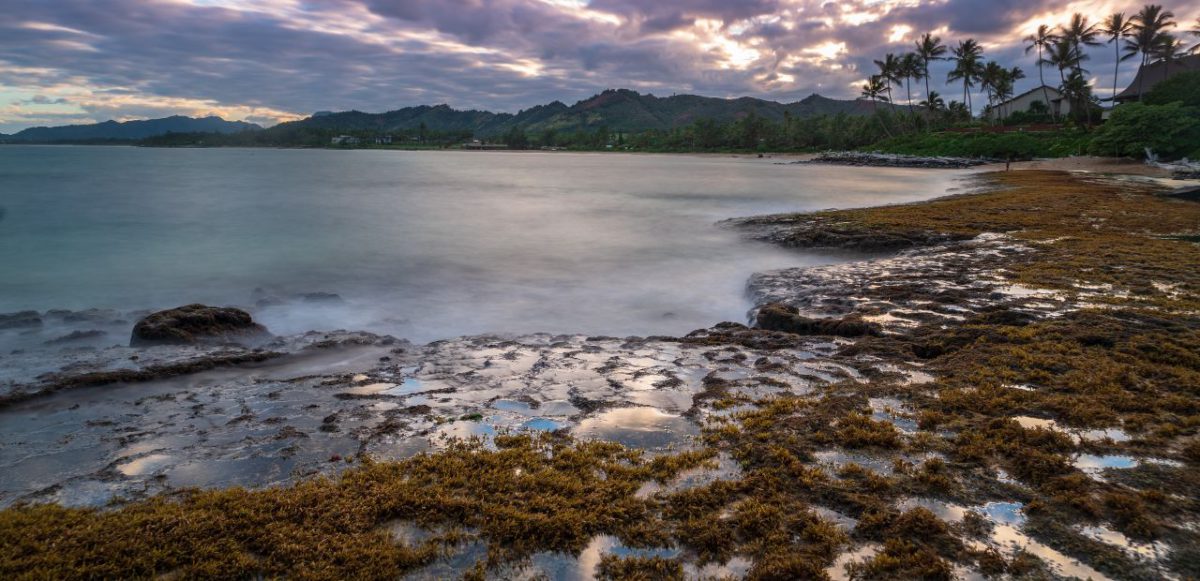
‘Ohana’ is the Hawaiian word for family, and few places embody that spirit better than Kapa’a. The town, whose name means ‘stuck’ or ‘solid’, was founded by plantation workers as a haven from the company-owned communities found elsewhere in Hawaii.
This resulted in the establishment of a welcoming, eclectic community that is both multicultural and quintessentially Hawaiian. Walk up to any local in Old Kapa’a Town and they’ll be happy to chat about the town they love, sharing stories and recommending the best places to get poke bowls and shaved ice.
Housing prices here are middling: below average for Hawaii as a whole, but more expensive than what you’ll find on the Big Island. However, a lower median income means goods are less expensive compared to elsewhere in the state. You’ll also enjoy Kauai’s small size, making travel across the island a breeze.
5. Waianae, Oahu
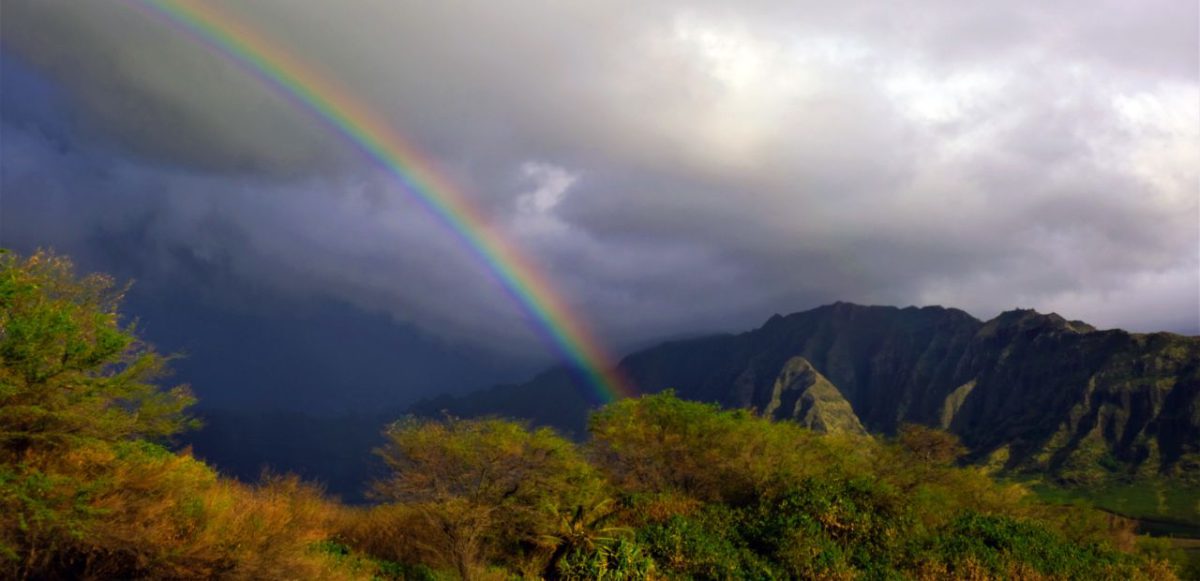
We close with a somewhat controversial choice. Waianae is located along Oahu’s western coast and shares all of Oahu’s natural wonder and beauty. The water is crisp and clear,the flora is vibrant and beautiful, yet Waianae’s claim to fame is something that drives down local property values, and leads tourists to advise others to stay away: the Pu’uhonua o Wai’anae (Refuge of Waianae).
This village is home to hundreds of Hawaiians who, faced with astronomical housing prices, have organized one of the most successful houseless (not homeless) communities in the world, providing shelter, medical care, school supplies, and social services to all who need them. It is a shining example of the Aloha Spirit, and yet despite all their efforts, they still face prejudice from wealthy tourists and locals.
We mention Waianae for two reasons. First, from a strictly numerical point of view, it’s one of the best places to retire. The median housing cost is just $375,100, you have ready access to the best healthcare in the country, and you’re in one of the most beautiful places on Earth. While the presence of the Pu’uhonua o Wai’anae may drive down housing values, it has minimal impact on your overall quality of life.
However, Waianae is also representative of an important lesson that anyone looking to retire in Hawaii, or anywhere else in the world, needs to remember: our choice of where to live has an indisputable impact on the people who were there before us.
The majority of people living in the village (as the Puʻuhonua O Waiʻanae is known) are of native Hawaiian descent, forced out of their homes by rising demand. This doesn’t mean that it’s wrong to want to move to Hawaii. Not in the slightest. You just need to remember that Hawaii is more than just an island resort. It is a place with a history and culture that long predates that of the United States. As such, it’s important for any potential resident to respect that.
In Hawaii, whether you live on Oahu, Maui, or anywhere else, your life is intertwined with those around you. Your choices will impact not just your own quality of life, but those of the people who will be there long after you. So respect that. Don’t just retire to Hawaii. Become a part of it.
Think of how your presence can make the islands a better place, even in a small way. There are plenty of opportunities to take part in the Aloha spirit, through volunteer work, donations, environmental activism, or even just being mindful of the impact you leave on the world. The places we choose to call home are precious, after all, whether we’ve lived there for decades or just a few months.
If you’re looking for retirement communities in Hawaii or beyond, we can help. Our free comparison tool has reviews, official ratings, and up-to-date information on any violations you need to know about. Sign up for our free comparison tool, or download our app on iOS or Android to get started today!

